Leopard geckos have captured the hearts of reptile enthusiasts worldwide with their docile nature, adorable spotted appearance, and relatively simple care requirements. As insectivores native to the arid regions of Afghanistan, Pakistan, and parts of India, these captivating creatures require a specialized diet to thrive in captivity. Proper nutrition forms the cornerstone of leopard gecko health, influencing everything from their growth and development to their immune function and longevity. In this comprehensive guide, we’ll explore the optimal dietary regimen for leopard geckos, common feeding mistakes to avoid, and provide a practical feeding chart to ensure your scaly companion enjoys a long, healthy life. Whether you’re a first-time gecko owner or looking to optimize your current feeding routine, understanding the nutritional needs of these fascinating reptiles will help you provide the best possible care.
Understanding Leopard Gecko Nutritional Needs
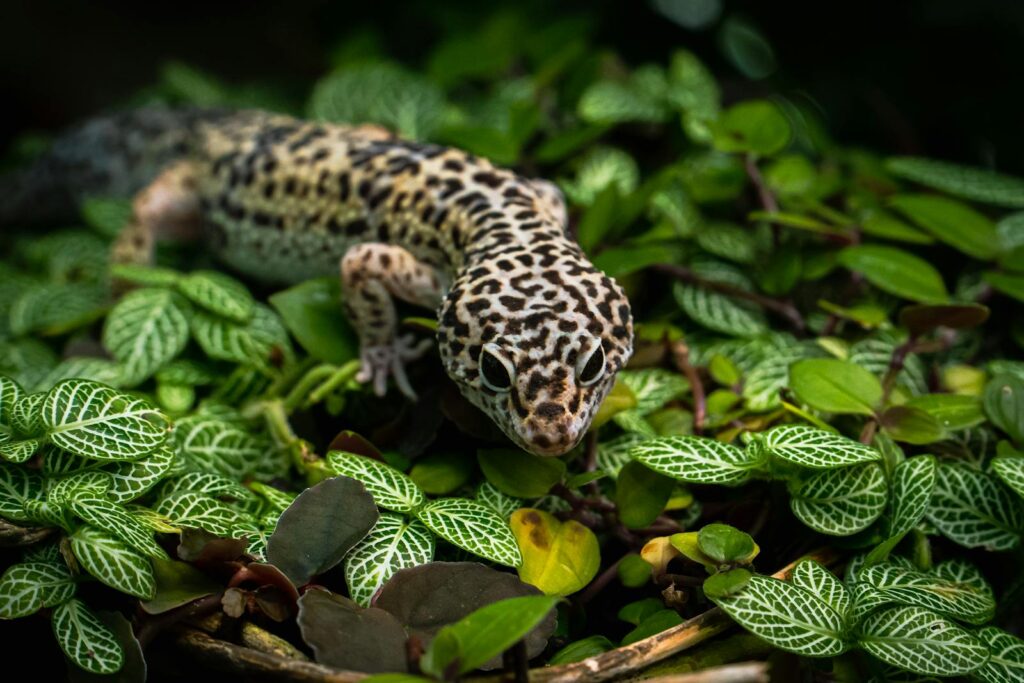
Leopard geckos are obligate insectivores, meaning their digestive systems are specifically adapted to process insect prey rather than plant matter. In the wild, these resourceful hunters consume a diverse array of insects, including beetles, crickets, spiders, and small scorpions, providing them with a balanced intake of proteins, fats, and essential nutrients. Unlike some reptiles, leopard geckos cannot effectively digest fruits or vegetables, as they lack the cecum required to break down plant fiber. Their nutritional requirements center around high-quality protein sources with appropriate calcium-to-phosphorus ratios, essential for preventing metabolic bone disease. Additionally, leopard geckos store fat in their tails, utilizing these reserves during periods of food scarcity, which emphasizes the importance of providing adequate but not excessive nutrition to maintain healthy body condition.
Staple Feeder Insects for Leopard Geckos
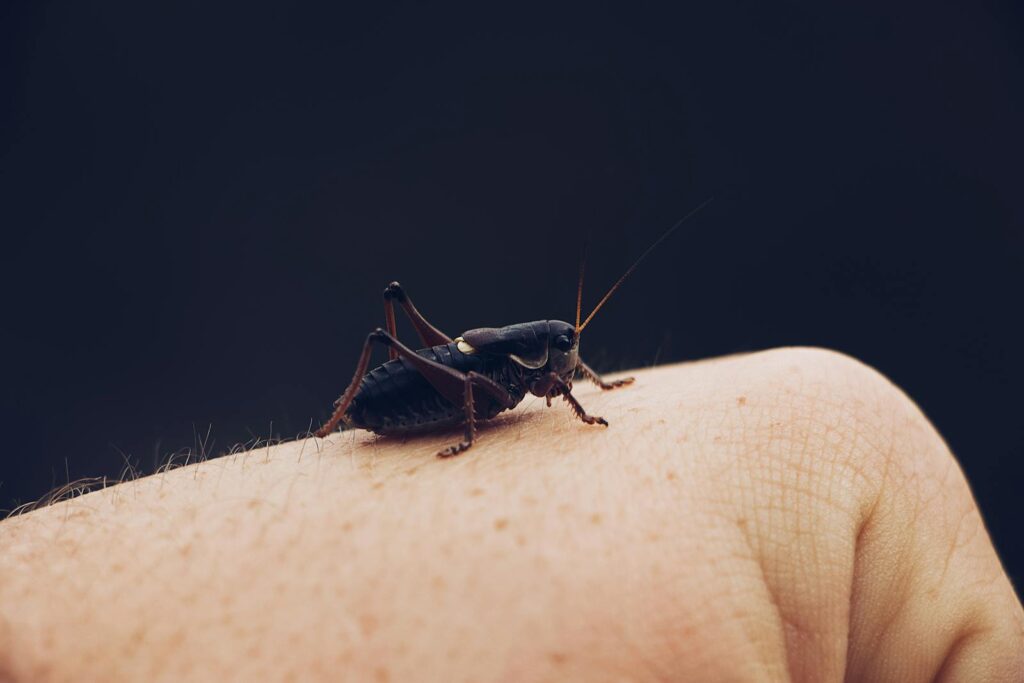
The foundation of a leopard gecko’s diet should consist of nutritionally balanced staple feeder insects that can be offered regularly. Crickets stand as the most commonly used feeder insect, offering a good balance of protein and moderate fat content, while being readily available and affordable for most owners. Dubia roaches represent another excellent staple, containing higher protein and lower chitin (exoskeleton material) than crickets, making them more digestible and nutritionally dense for your gecko. Mealworms, the larvae of darkling beetles, can serve as another dietary staple, though their higher fat content means they should be offered in moderation, particularly for adult geckos. Black soldier fly larvae (often sold as NutriGrubs, Phoenix Worms, or Calciworms) make an exceptional staple feeder due to their naturally high calcium content, which reduces the need for supplementation. When selecting staple feeders, prioritize insects that are appropriately sized (no larger than the space between your gecko’s eyes), gut-loaded, and from reputable sources to ensure optimal nutrition.
Occasional Treat Insects and Variety
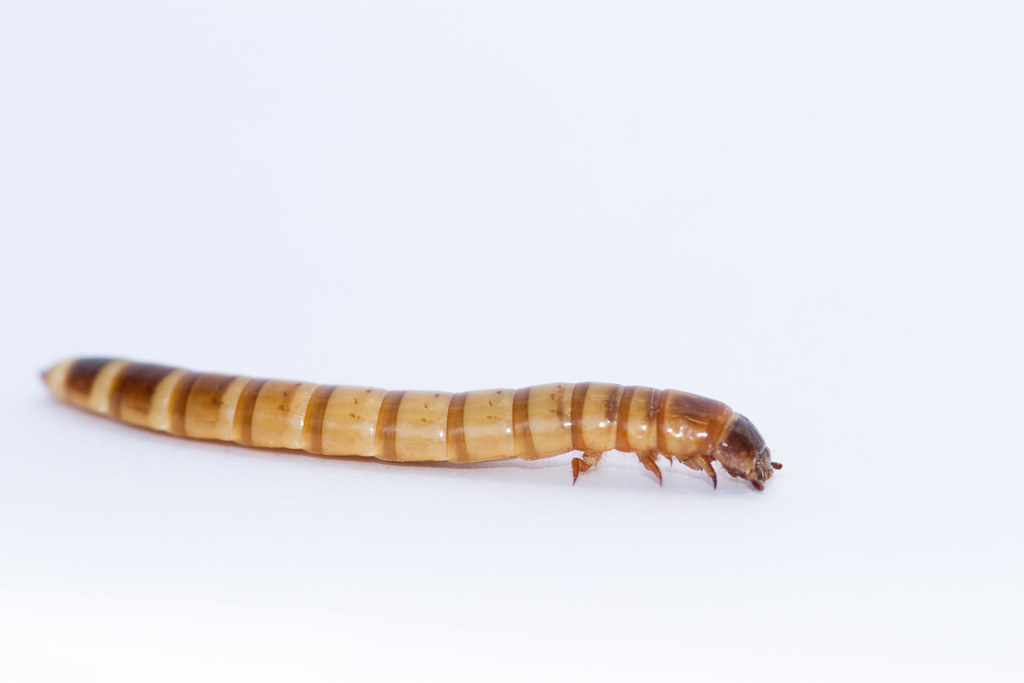
While staple feeders form the backbone of a leopard gecko’s diet, occasional treat insects introduce beneficial dietary variety and stimulate feeding behavior. Superworms, the larger relatives of mealworms, offer higher fat content and make excellent occasional treats for healthy adult geckos, though their tougher exoskeletons may pose digestive challenges for juveniles. Waxworms, with their moth-like adult form, contain exceptionally high fat content (comparable to deep-fried food for humans) and should be limited to rare treats, as geckos can become “addicted” to their rich taste and refuse healthier options. Silkworms represent a nutritional powerhouse with excellent protein content, ideal calcium-to-phosphorus ratios, and beneficial digestibility, though their higher cost makes them better suited as occasional supplements rather than daily staples. Hornworms, the vibrant blue-green larvae of sphinx moths, provide excellent hydration due to their high moisture content, making them valuable during shedding periods or for geckos needing additional fluid intake. Incorporating this variety of insects not only provides a range of nutrients but also enriches your gecko’s life through diverse hunting experiences.
The Importance of Gut-Loading Feeder Insects
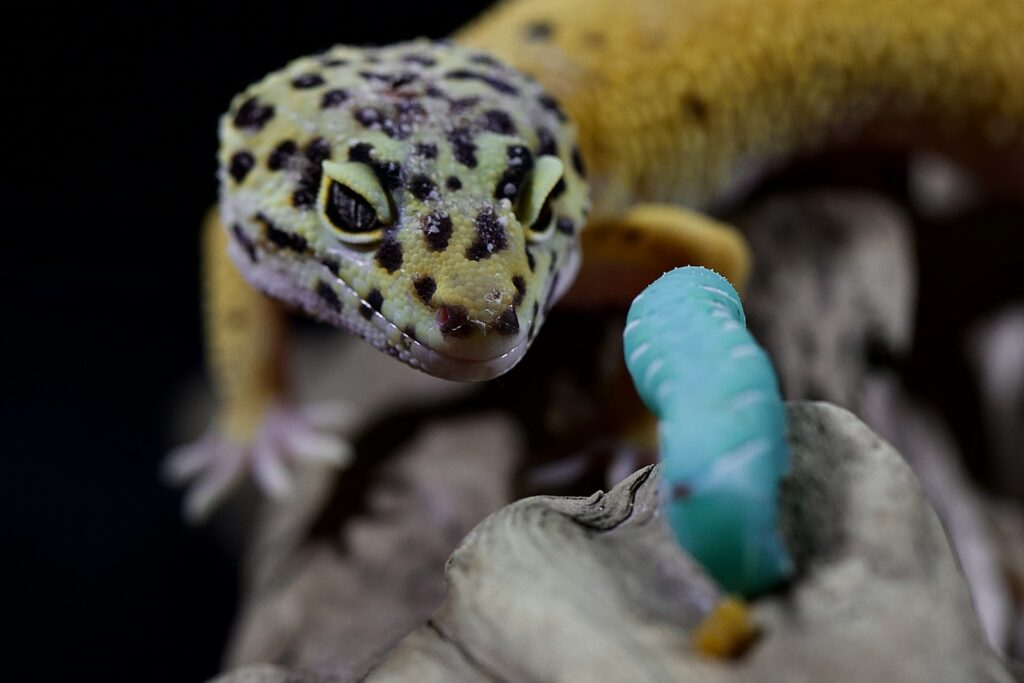
Gut-loading represents a critical but often overlooked aspect of leopard gecko nutrition, essentially turning feeder insects into nutritional delivery vehicles. This process involves feeding insects nutrient-dense foods for 24-48 hours before offering them to your gecko, significantly enhancing their nutritional value beyond their baseline levels. Quality commercial gut-loading formulas contain optimized vitamin and mineral profiles specifically designed to address the nutritional needs of insectivorous reptiles like leopard geckos. Alternatively, fresh vegetables such as carrots, sweet potatoes, collard greens, and squash provide excellent natural gut-loading options rich in beta-carotene, calcium, and other essential nutrients. Avoid gut-loading with fruit or starchy vegetables, as the high sugar content can cause digestive issues in both the insects and, subsequently, your gecko. The difference between gut-loaded and non-gut-loaded feeders is substantial—properly gut-loaded insects can contain up to ten times more calcium and significantly higher vitamin A levels than their unfed counterparts, directly translating to improved health outcomes for your leopard gecko.
Essential Supplements for Optimal Health
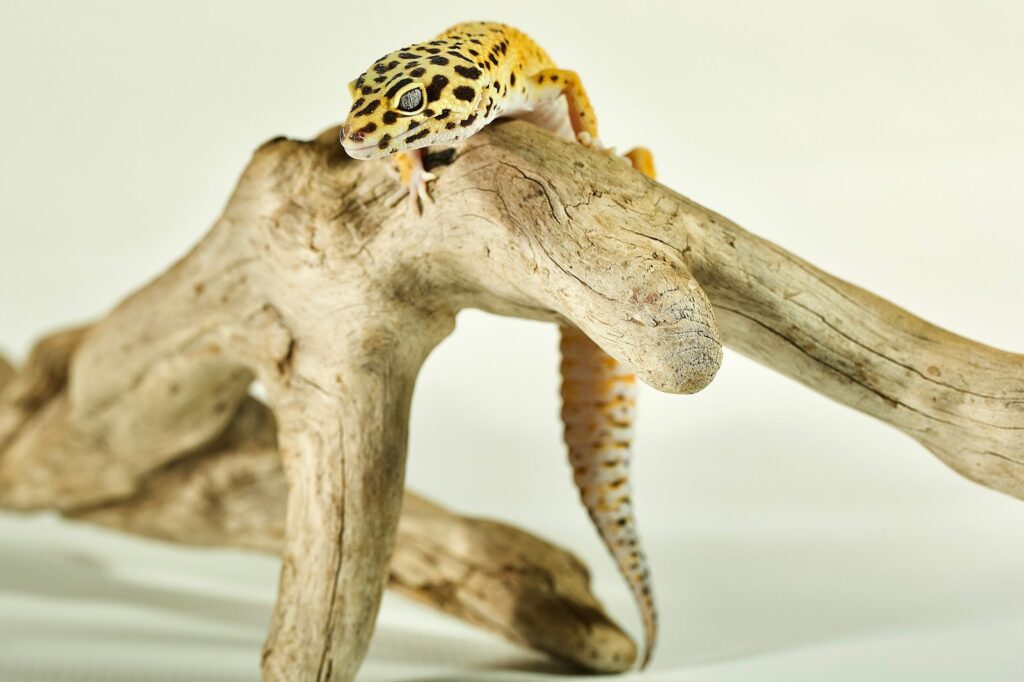
Even with gut-loading, supplementation remains necessary to prevent nutritional deficiencies in captive leopard geckos. Calcium supplementation stands as the most critical addition, with two forms typically used: calcium without vitamin D3 for daily dusting when appropriate UVB lighting is provided, and calcium with vitamin D3 for geckos without UVB exposure to facilitate proper calcium absorption. Multivitamin supplements containing vitamin A (as beta-carotene, not retinol), B vitamins, and trace minerals should be incorporated into the dusting rotation, typically used once or twice weekly depending on your gecko’s life stage. The proper dusting technique involves placing feeder insects in a small bag or container with a small amount of supplement powder and gently shaking until lightly coated—avoid over-dusting, as excessive supplement consumption can lead to toxicity issues. For breeding females, calcium supplementation becomes even more crucial due to the high mineral demands of egg production, with veterinarians sometimes recommending calcium dishes in the enclosure for ad-lib consumption during the breeding season.
Age-Appropriate Feeding Schedules
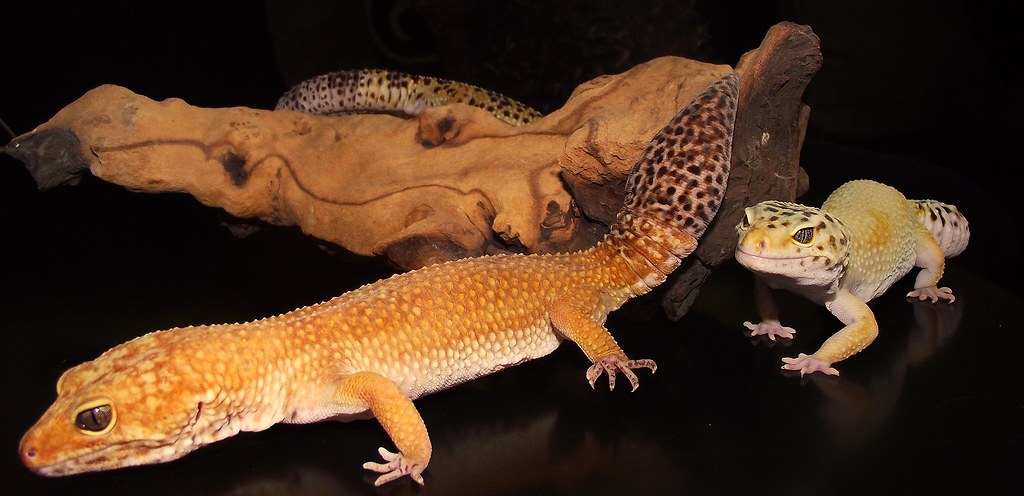
Leopard gecko feeding schedules must be tailored to their age and developmental stage to support proper growth while preventing obesity. Hatchlings and juveniles up to six months of age have extraordinary metabolic demands to fuel their rapid growth, requiring daily feeding sessions with appropriately sized prey items (typically 5-7 small insects per feeding). Sub-adult geckos from six months to one year benefit from an intermediate feeding schedule of every other day, with slightly larger prey items and quantities (approximately 6-8 medium insects per session). Mature adult leopard geckos over one year old typically maintain their condition well on a feeding schedule of 2-3 times weekly, consuming 6-8 large insects per feeding depending on their individual metabolism and activity level. Seasonal adjustments may be necessary, as some leopard geckos naturally reduce their food intake during winter months (brumation), even in captivity with constant temperatures. Monitoring body condition remains essential regardless of age—a healthy leopard gecko should display a tail approximately as thick as its neck, indicating appropriate fat reserves without becoming overweight.
Complete Leopard Gecko Feeding Chart
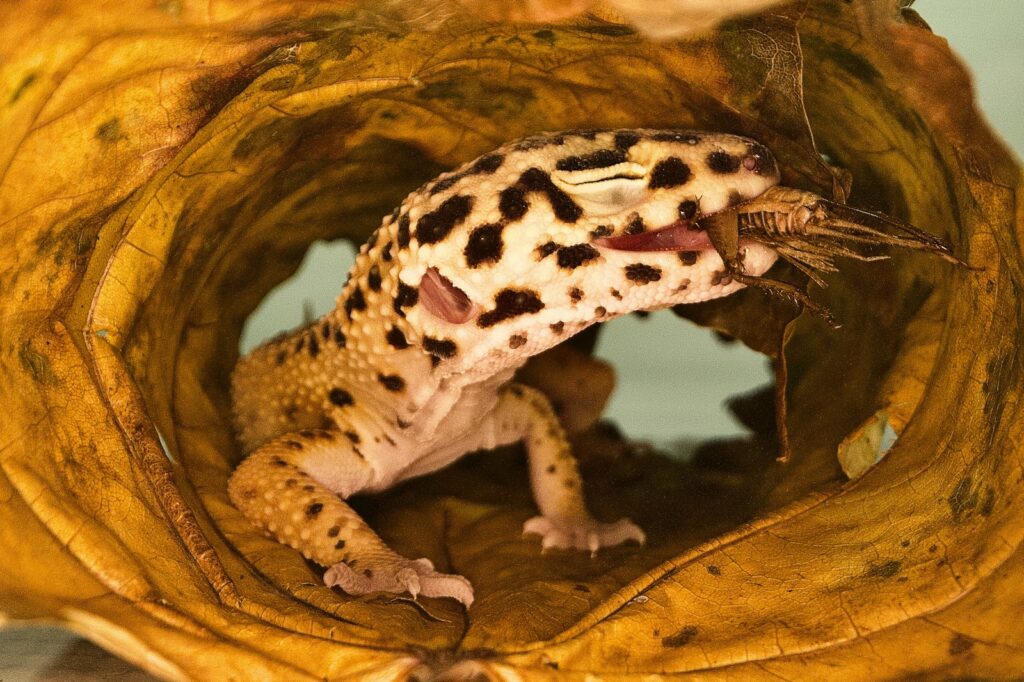
This comprehensive feeding chart provides a structured approach to leopard gecko nutrition across all life stages. For hatchlings (0-3 months): feed daily with 5-7 small crickets or dubia roaches dusted with calcium with D3 every feeding and multivitamin once weekly. For juveniles (3-6 months): feed daily with 6-8 small to medium crickets, dubia roaches, or mealworms, dusted with calcium with D3 every other feeding and multivitamin once weekly. For sub-adults (6-12 months): feed every other day with 6-8 medium crickets, dubia roaches, mealworms, or black soldier fly larvae, dusted with calcium with D3 twice weekly and multivitamin once weekly. For adults (1+ years): feed 2-3 times weekly with 6-8 appropriately sized insects, dusted with calcium with D3 once weekly and multivitamin once every two weeks. For breeding females: increase feeding frequency to every other day and provide additional calcium supplementation via a small dish in the enclosure. This structured approach ensures proper nutrition while adapting to the changing metabolic needs throughout your leopard gecko’s lifespan.
Recognizing and Addressing Common Feeding Problems

Even with careful attention to diet, leopard geckos may occasionally experience feeding issues requiring prompt identification and intervention. Refusal to eat often stems from environmental stressors such as incorrect temperatures (the digestive tract functions optimally between 88-92°F in the warm zone), recent relocation, breeding behavior, or the presence of shed skin around the mouth or eyes. Medical causes of appetite loss include impaction from ingesting substrate, parasite infestations, or respiratory infections, all requiring veterinary assessment if the issue persists beyond a few days. Obesity represents another common feeding problem, typically resulting from excessive quantities of high-fat prey items like waxworms or superworms, and manifests as fat deposits around the limbs and neck rather than just in the tail. Conversely, emaciation presents as a thin tail, prominent hip bones, and visible spine, potentially indicating parasites, malabsorption issues, or competition from tankmates. Metabolic bone disease, characterized by soft jaw, tremors, and deformed limbs, develops from chronic calcium deficiency and requires immediate veterinary attention along with corrected supplementation protocols.
Proper Hydration and Water Requirements

Though native to arid environments, leopard geckos require consistent access to fresh water to maintain proper hydration. A shallow water dish should be provided at all times, sized appropriately to prevent drowning while allowing easy access, and positioned in the cooler side of the enclosure to minimize evaporation and bacterial growth. Water should be changed daily to ensure cleanliness, as leopard geckos often walk through their water dishes, introducing substrate and bacteria. Beyond drinking, leopard geckos absorb moisture during shedding through specialized behaviors—they often lick water droplets and sometimes soak their bodies, particularly before and during the shedding process. For geckos showing signs of dehydration (sunken eyes, wrinkled skin, or difficulty shedding), misting one corner of the enclosure creates additional water droplets for licking without raising the overall humidity to problematic levels. Feeder insects also contribute to hydration, with hornworms and silkworms providing substantial moisture content that supplements direct water consumption, particularly beneficial during shedding periods or for geckos recovering from illness.
Avoiding Dangerous and Toxic Foods
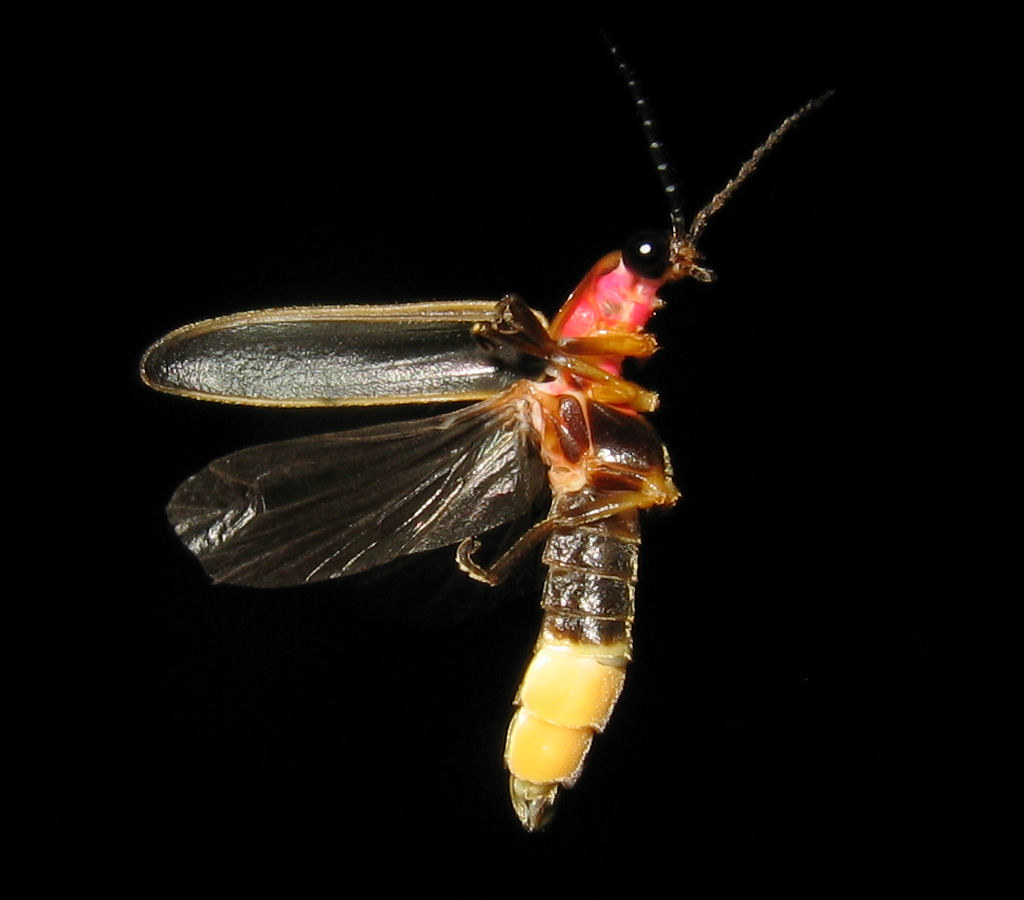
While understanding what to feed your leopard gecko is crucial, knowing what to avoid is equally important for preventing potentially fatal complications. Pinky mice, though occasionally recommended in outdated care guides, represent an inappropriate food source due to their extremely high fat content and difficult-to-digest bones and fur, potentially leading to obesity and impaction. Wild-caught insects present multiple hazards including potential pesticide exposure, parasites, and the risk of consuming venomous or defensive species that could harm your gecko. Fireflies and lightning bugs contain toxic compounds (lucibufagins) that cause rapid death in leopard geckos, with no known treatment once ingested. Any plant matter, including fruits and vegetables, should never be offered directly to leopard geckos, as their strictly insectivorous digestive systems cannot process plant fiber, potentially leading to impaction and digestive distress. Additionally, avoid insects larger than the space between your gecko’s eyes, as oversized prey can cause choking, regurgitation, or internal injuries—when in doubt, choose smaller rather than larger feeders.
Seasonal Dietary Adjustments
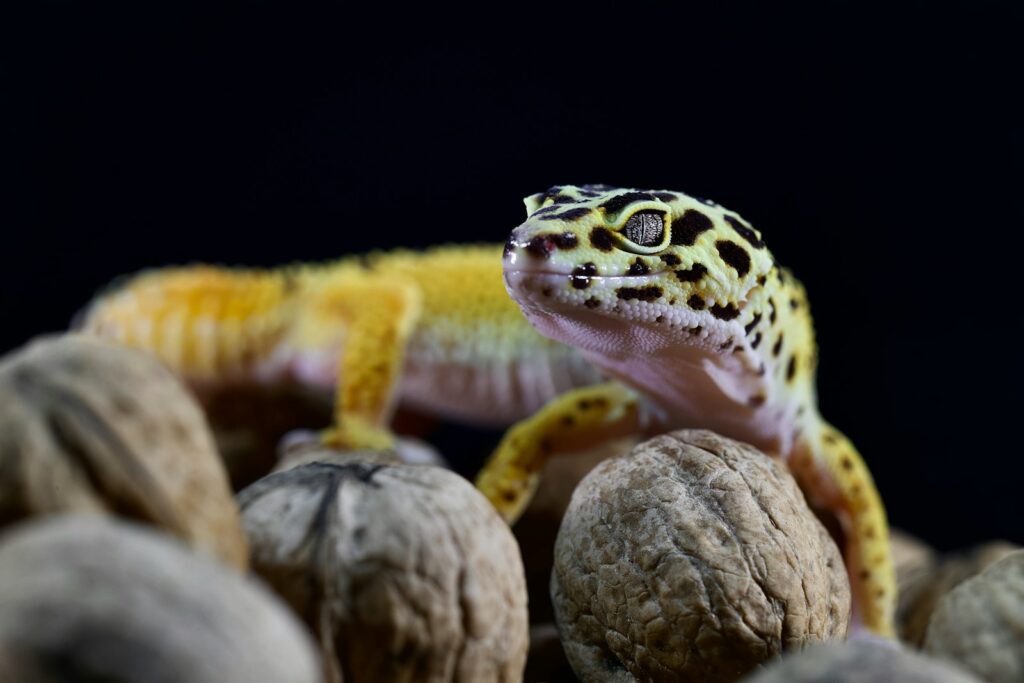
Though captive leopard geckos live in relatively consistent environments, many still respond to seasonal cues that influence their appetite and nutritional needs. During winter months, some leopard geckos naturally enter a semi-brumation state characterized by reduced appetite, activity, and metabolism, even when temperature and lighting remain constant—these natural appetite fluctuations should be accommodated rather than forced through feeding. Breeding season typically brings increased nutritional demands, particularly for females producing eggs, necessitating more frequent feeding and additional calcium supplementation to prevent reproductive disorders like egg binding. Summer months often coincide with peak activity and appetite, making this an ideal time to focus on weight gain for underweight specimens or to introduce greater dietary variety for enrichment. Shedding cycles, which occur throughout the year but may increase during growth phases, benefit from temporary increases in moisture-rich feeders like hornworms or silkworms to facilitate the process. Recognizing and adapting to these natural cycles supports your leopard gecko’s physiological needs while respecting their evolutionary programming.
Setting Up an Effective Feeding Environment
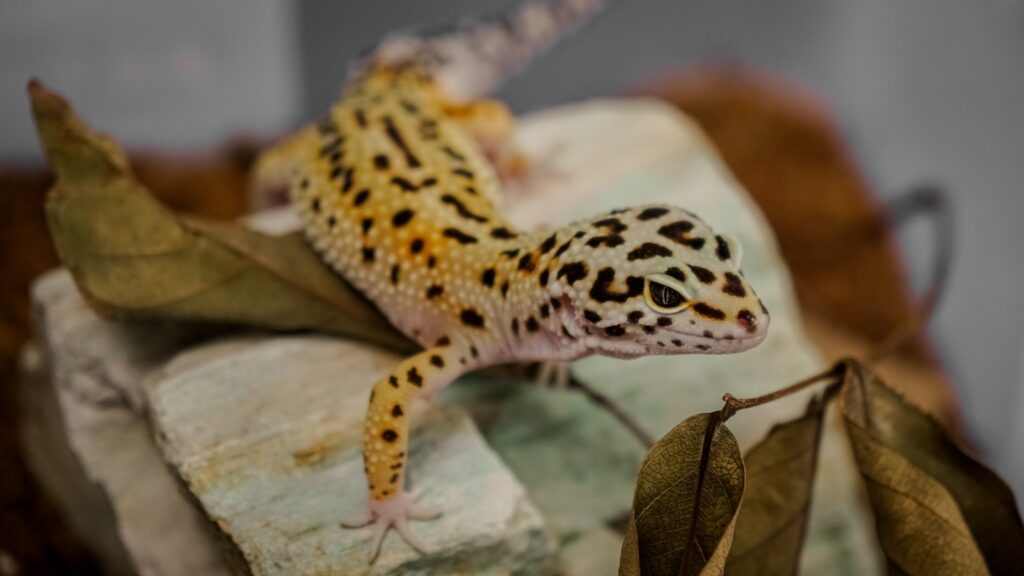
The feeding environment significantly impacts a leopard gecko’s hunting success and stress levels during mealtimes. Feeding should take place in the evening hours when these naturally crepuscular hunters are most active and alert, typically 1-2 hours after their heat lamps turn off. A designated feeding dish or ceramic tile provides a clean surface that prevents accidental substrate ingestion while giving insects limited mobility for easier hunting. For geckos housed on loose substrates like sand mixtures, supervised feeding or temporary relocation to a bare-bottom feeding container eliminates impaction risks associated with substrate consumption. Tong-feeding represents an excellent option for building trust with shy specimens while ensuring prey consumption, though some owners prefer to allow natural hunting behaviors by releasing limited numbers of insects into the enclosure. Free-roaming feeder insects should never be left unsupervised overnight, as they may stress your gecko by crawling on it during rest periods or, in the case of crickets, potentially chew on your gecko’s skin causing injuries. Establishing consistent feeding routines regarding timing and location helps reduce stress while conditioning your gecko to anticipate mealtimes.
Monitoring Health Through Dietary Observation

Careful observation of feeding behaviors and bodily responses to diet provides valuable insights into your leopard gecko’s overall health status. Regular fecal monitoring offers important diagnostic information—healthy droppings consist of a solid brown portion (feces) alongside a white, semi-solid urate, with abnormalities like diarrhea, blood, or unusual colors potentially indicating parasites or digestive issues requiring veterinary attention. Weight tracking using a small digital scale provides objective data about growth patterns and health status, with consistent weight loss of more than 10% warranting veterinary consultation. Body condition scoring focuses on tail thickness (ideally similar to neck width) and the absence of prominent hip bones or spine, providing a practical visual assessment method without requiring handling. Post-feeding behavior normally includes thermoregulation on the warm side of the enclosure to aid digestion, followed by defecation within 1-3 days—significant deviations from this pattern may indicate digestive complications. Establishing baseline knowledge of your individual gecko’s typical appetite, preferences, and elimination patterns enables early detection of potential health issues before they become serious medical concerns.
Conclusion: Crafting the Perfect Feeding Regimen
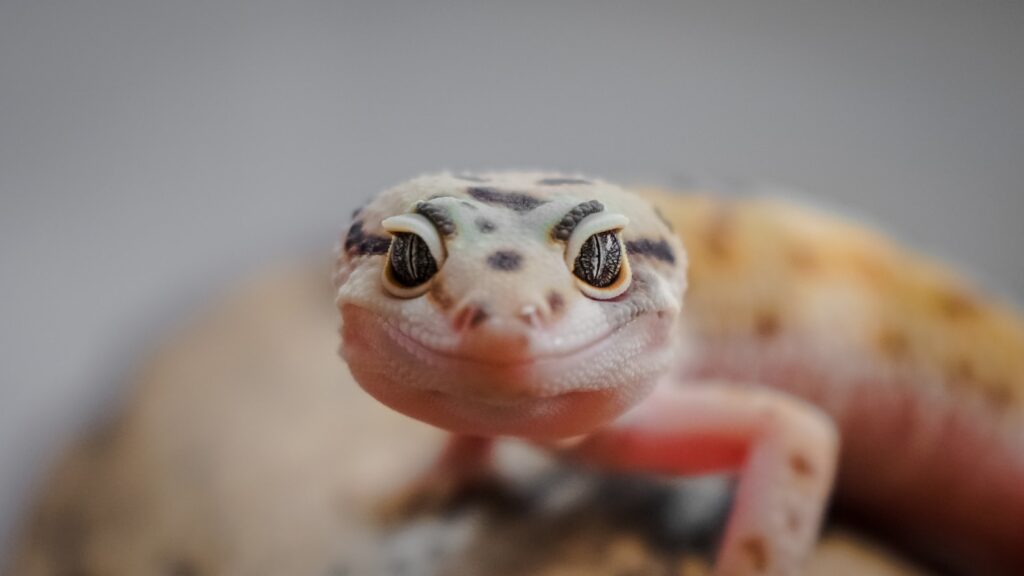
Developing an optimal feeding regimen for your leopard gecko involves understanding their natural dietary requirements while adapting to their individual needs and life stage. By focusing on high-quality, appropriately sized insects that have been properly gut-loaded and supplemented, you provide the nutritional foundation for your gecko’s long-term health and vitality. Remember that feeding schedules should evolve with your gecko’s age, with more frequent feedings for growing juveniles and a more measured approach for adults to prevent obesity. Regular monitoring of body condition, weight, and overall health helps you fine-tune the feeding program to suit your specific pet. While this guide provides a comprehensive framework, the perfect diet also acknowledges your leopard gecko’s individual preferences and peculiarities—some may prefer certain insects or feeding methods over others. With thoughtful attention to nutrition, supplementation, and feeding techniques, you’ll support not just your leopard gecko’s basic survival needs but their opportunity to thrive in captivity for their full 15-20 year potential lifespan.


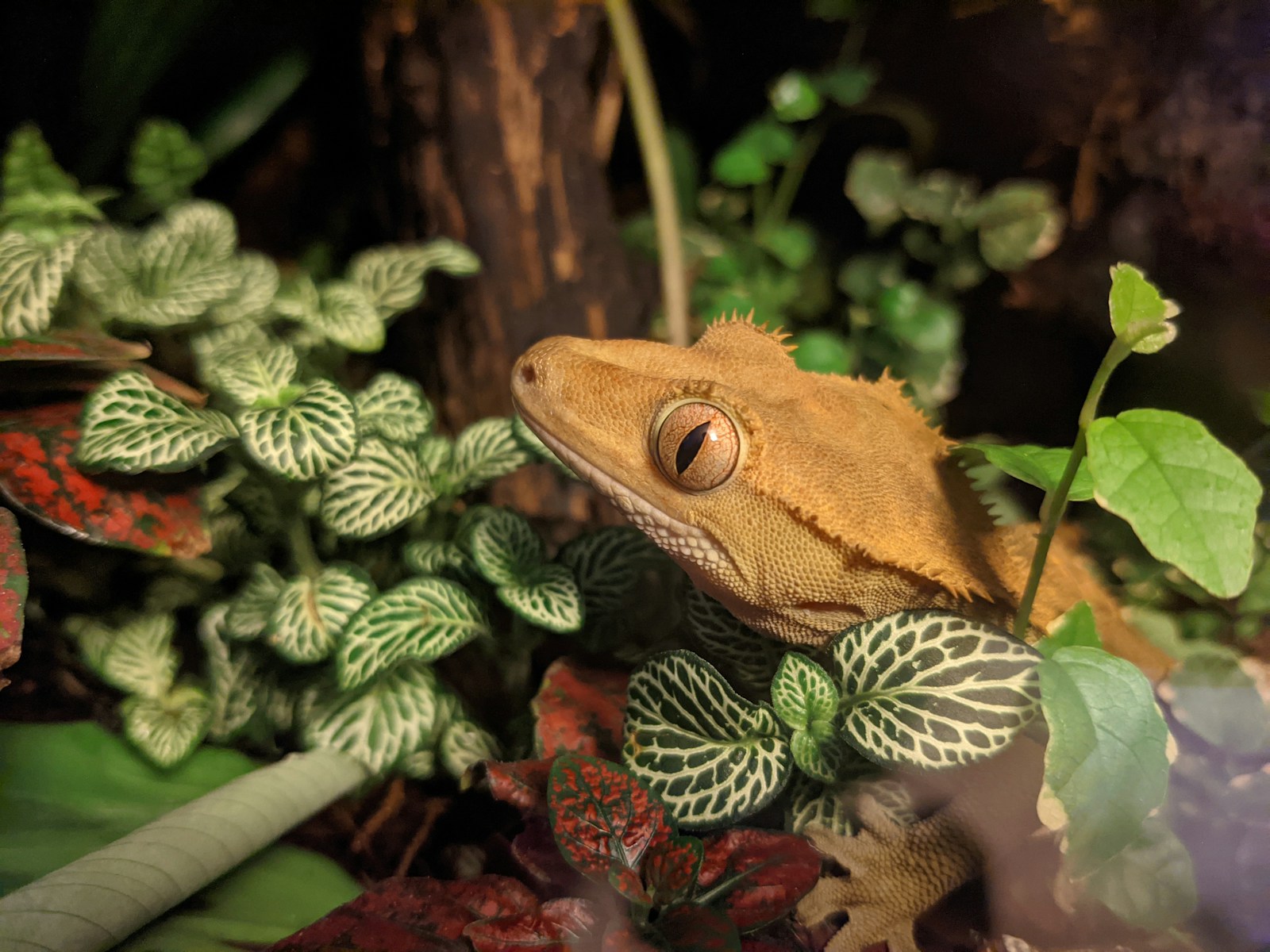
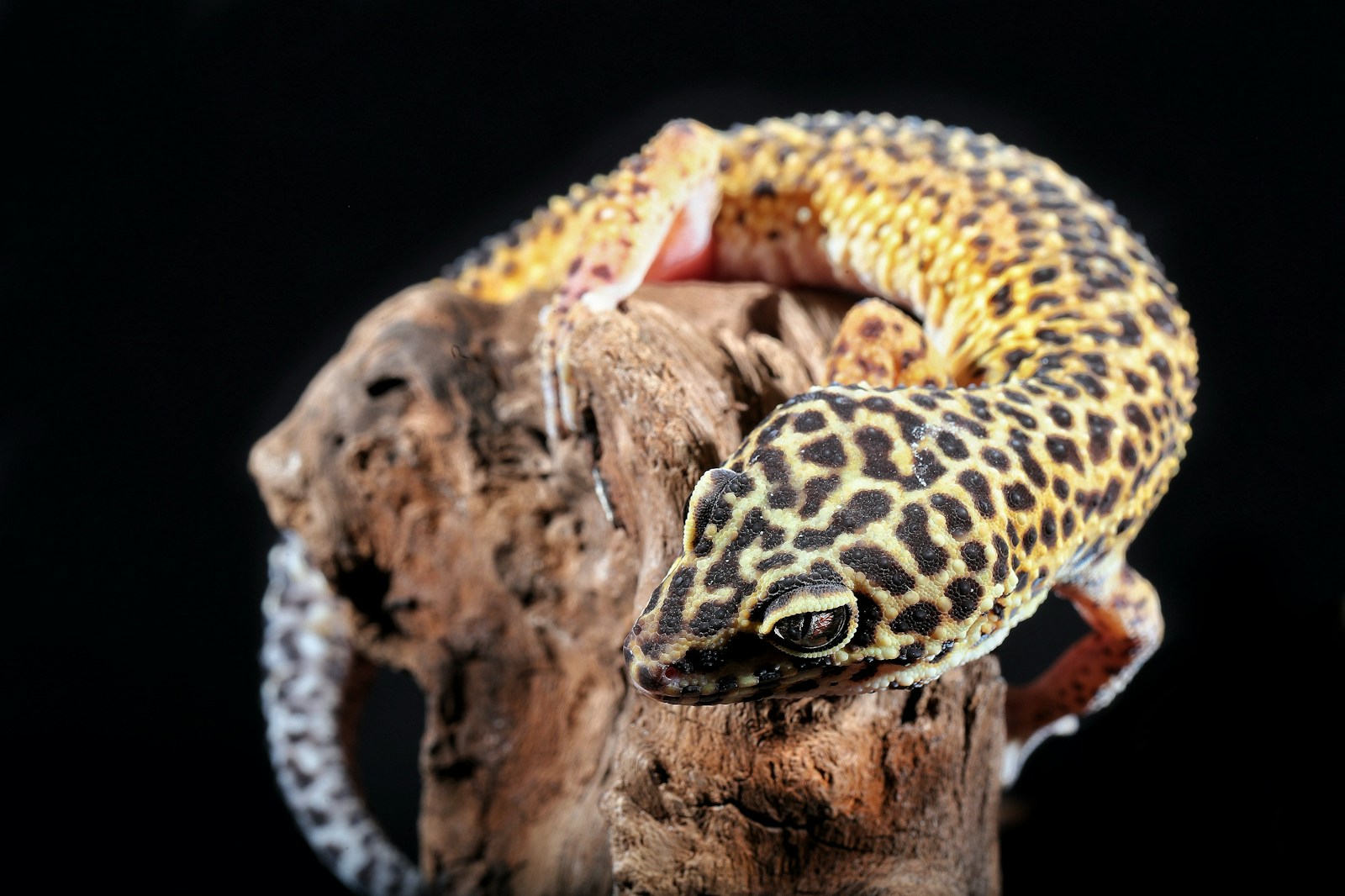

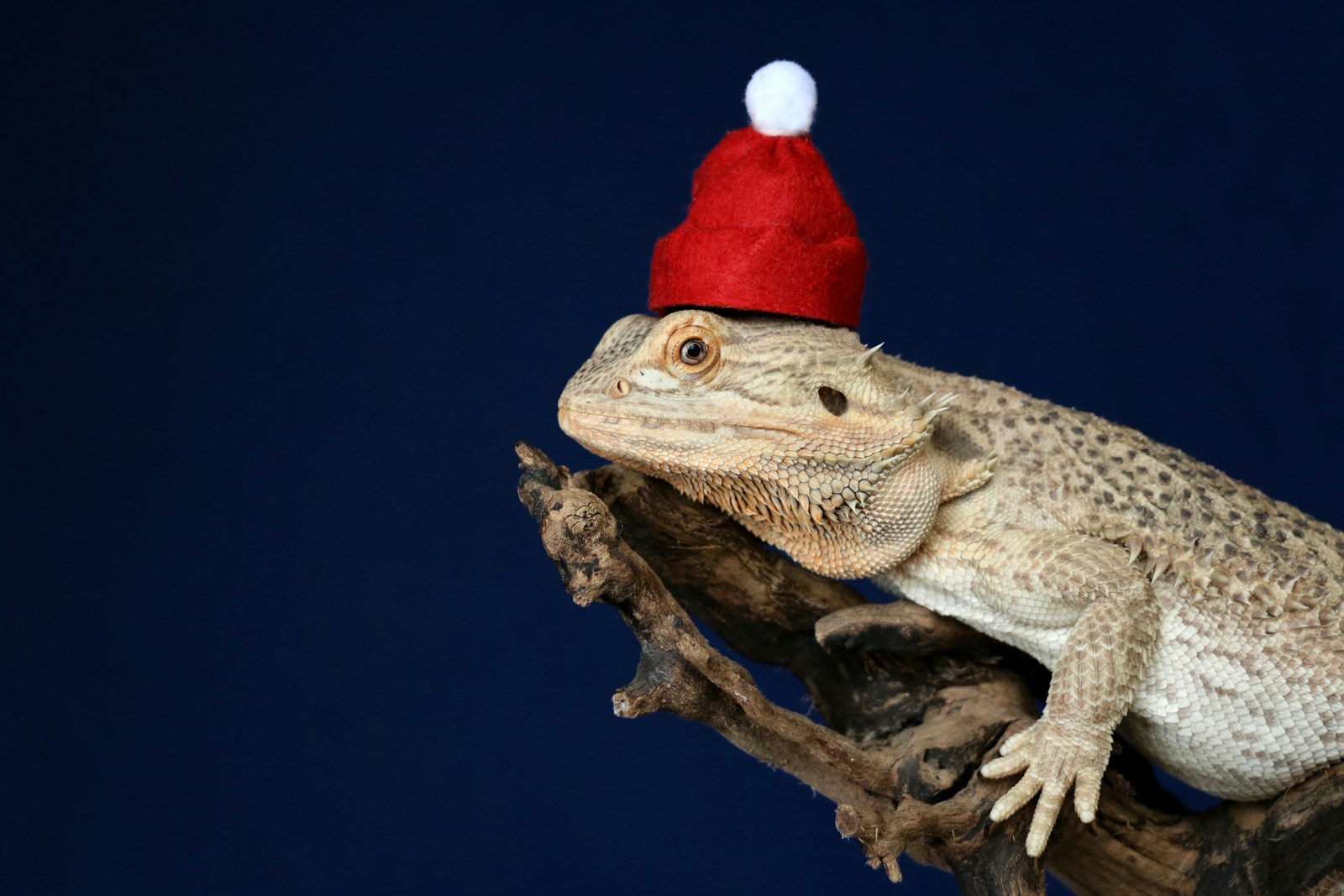
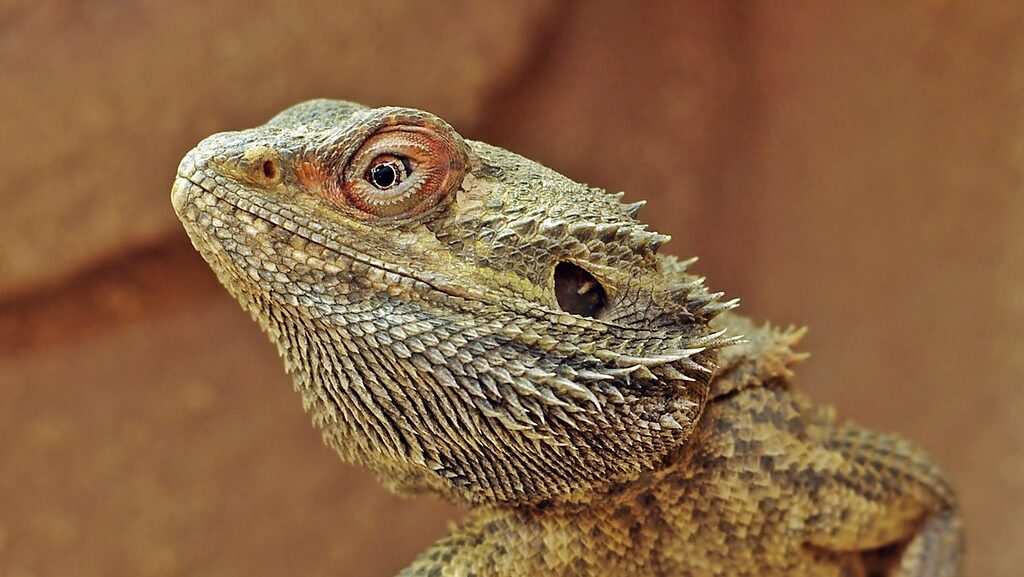
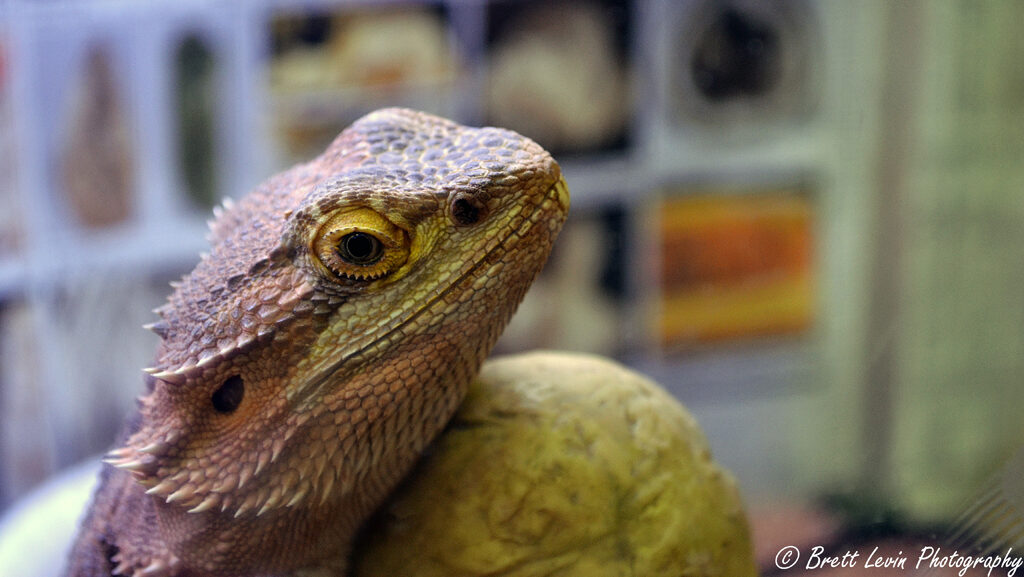
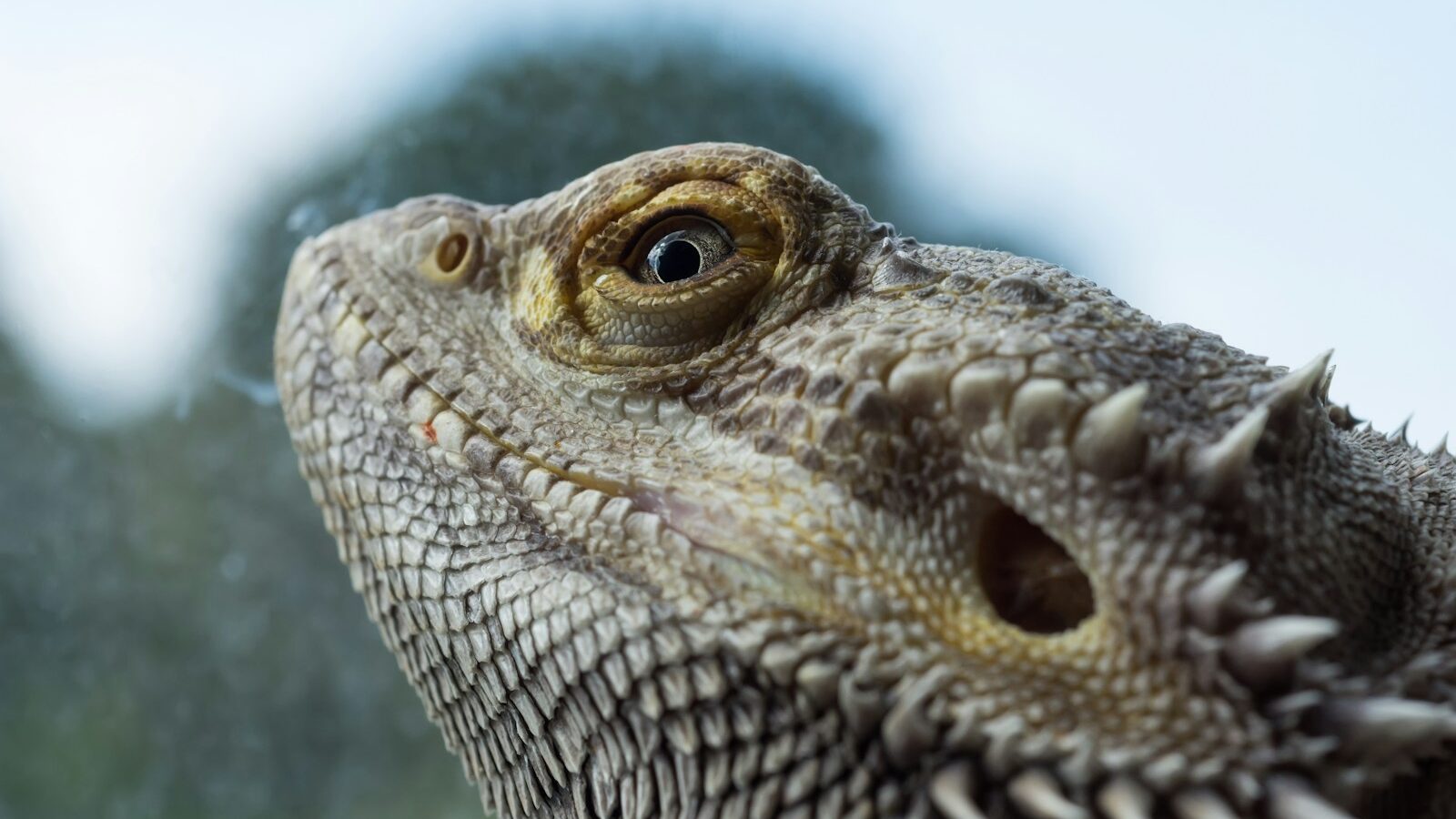
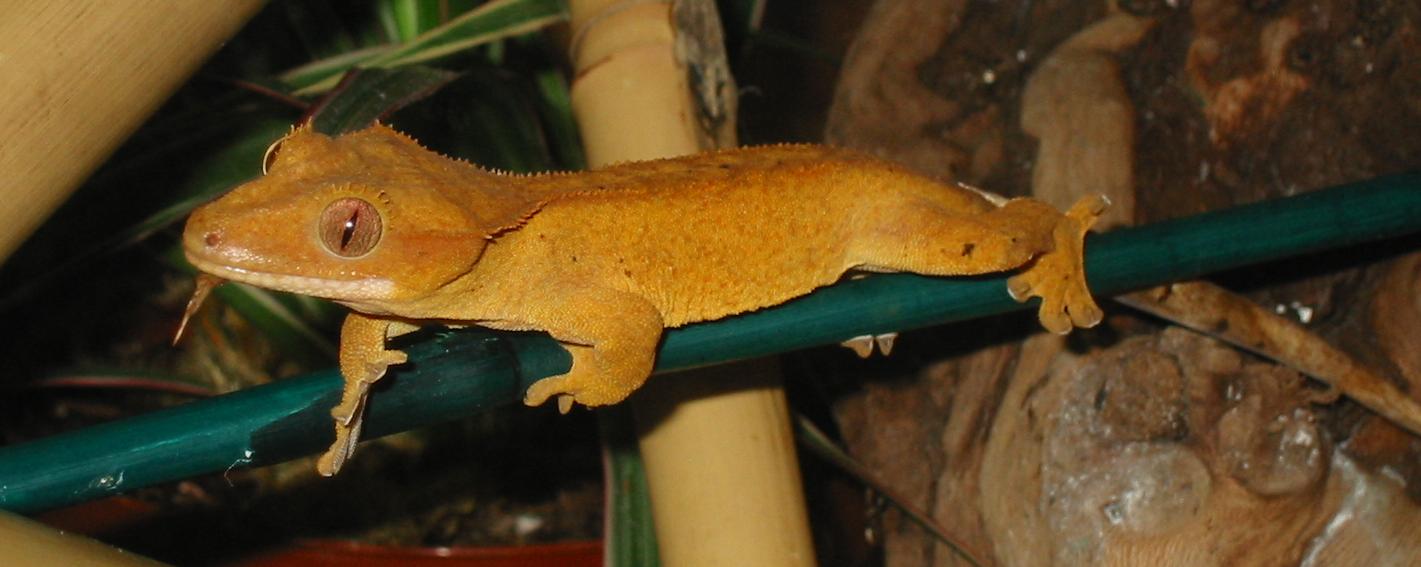
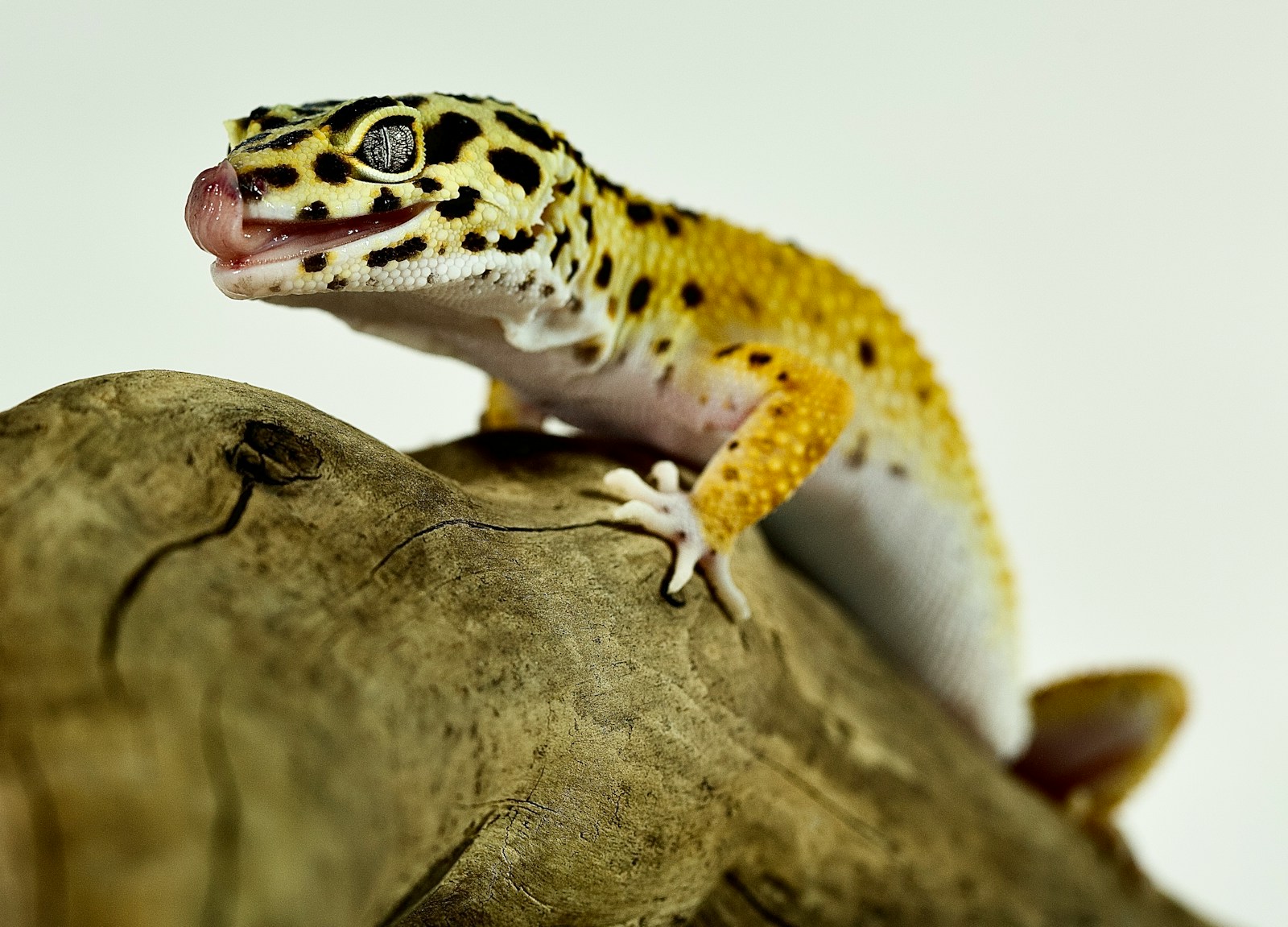


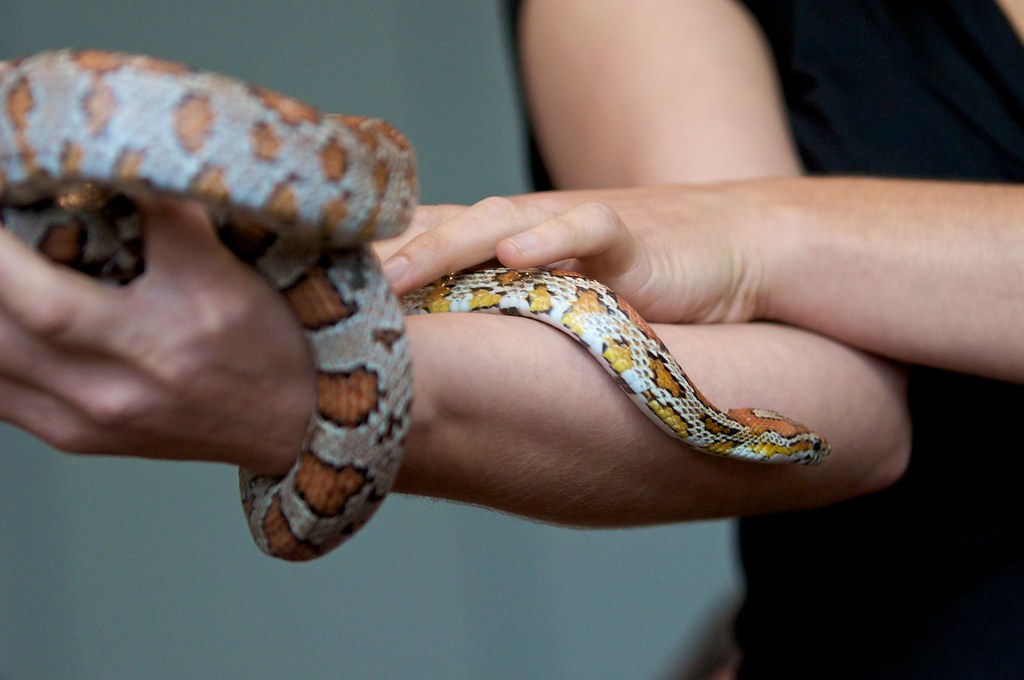

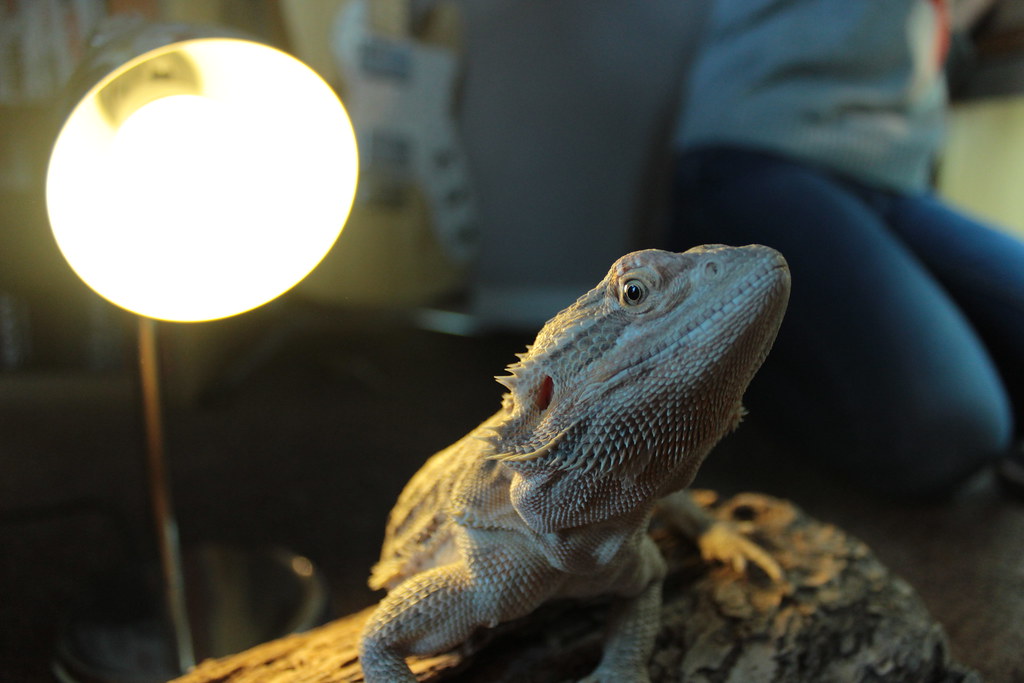
Leave a Reply